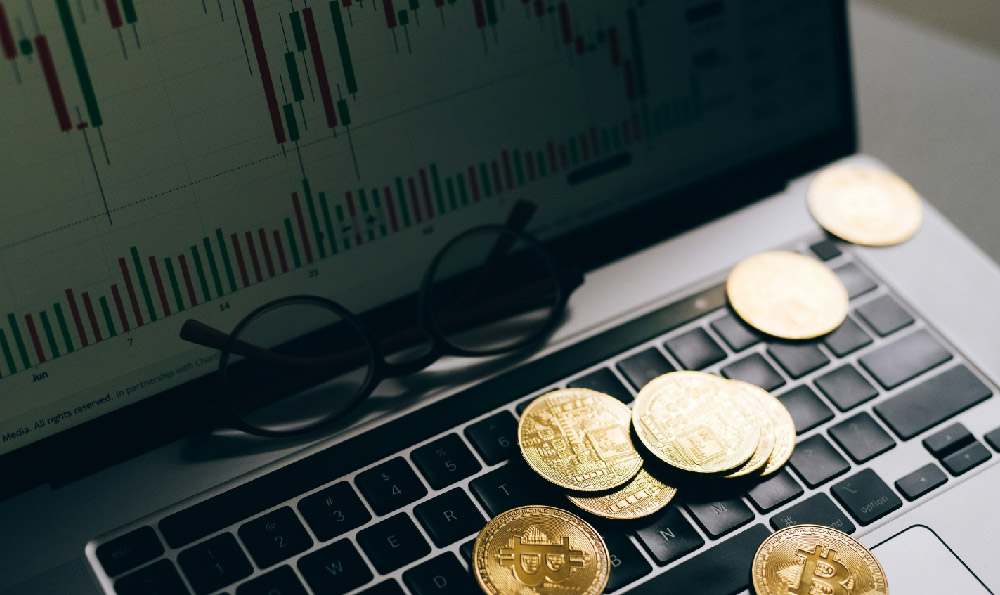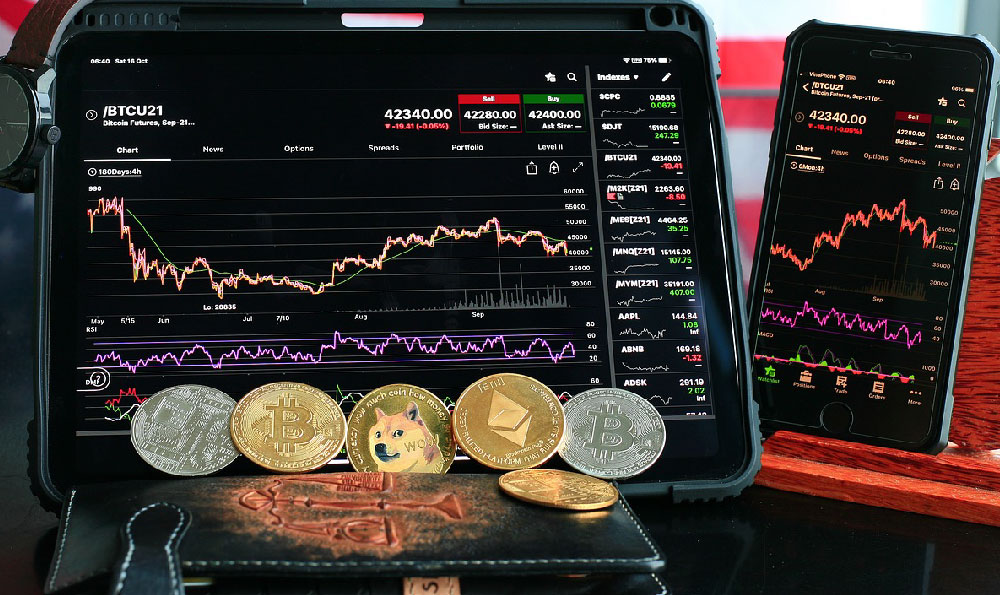Angel investing, often portrayed as the glamorous world of backing the next big thing, is significantly more complex and nuanced than its media depiction. It's a high-risk, high-reward investment strategy where individuals, typically high-net-worth individuals, provide capital to startups or early-stage companies in exchange for equity ownership. Understanding the mechanics, risks, and suitability of angel investing is crucial before diving in.
The fundamental process involves identifying promising startups, conducting due diligence, negotiating investment terms, and providing ongoing support. Identifying promising startups requires access to deal flow, which can be sourced through networks, incubators, accelerators, or online platforms. Evaluating these opportunities necessitates a deep understanding of the industry, the business model, the competitive landscape, and, most importantly, the team behind the venture. Due diligence goes beyond surface-level information and involves scrutinizing financial projections, legal documents, market research, and conducting background checks. This process aims to assess the viability of the business and the competence of the management team.
Negotiating investment terms, such as valuation, equity stake, control rights, and liquidation preferences, is a critical step. A lower valuation allows for a larger equity stake for the angel investor, increasing potential returns. Control rights and liquidation preferences provide protection for the investor's investment in case of unforeseen circumstances or a potential exit. Once the terms are agreed upon, the angel investor provides the capital, becoming a shareholder in the company.

However, the journey doesn't end with the investment. Angel investors often play an active role in the companies they invest in, providing mentorship, guidance, and access to their networks. This active involvement can significantly increase the startup's chances of success.
The allure of angel investing lies in the potential for outsized returns. If a startup becomes wildly successful, the early-stage investment can yield substantial profits. However, it's crucial to acknowledge the inherent risks. Startups are inherently risky ventures, and many fail. It's estimated that a significant percentage of angel investments result in a complete loss of capital. Furthermore, angel investments are illiquid, meaning it can be difficult to sell the shares quickly if needed.
Given the high risk and illiquidity, angel investing is not for everyone. It is best suited for individuals with a high net worth who can afford to lose a significant portion of their investment. A good rule of thumb is to allocate only a small percentage of your overall investment portfolio to angel investing, perhaps 5% to 10%. It’s important to remember diversification is key to mitigating risk.
Moreover, a successful angel investor possesses a deep understanding of the industries they invest in, a strong network, and the ability to conduct thorough due diligence. Patience is also essential, as it can take several years for a startup to mature and potentially generate a return on investment.
Now, where does digital asset investment fit into this landscape, and how does it compare to traditional angel investing, especially considering platforms like KeepBit? While angel investing typically focuses on traditional businesses, the digital asset space presents similar opportunities for early-stage investment, albeit with its own unique characteristics and challenges.
Investing in early-stage blockchain projects or cryptocurrency startups can be seen as a form of angel investing within the digital asset realm. These projects often seek seed funding to develop their platforms, technologies, or applications. The potential upside can be enormous, but the risks are equally high, amplified by the volatility and regulatory uncertainty surrounding the cryptocurrency market.
Platforms like KeepBit (https://keepbit.xyz) play a crucial role in this ecosystem by providing a secure and regulated environment for trading digital assets. While KeepBit itself may not directly facilitate angel investments in early-stage projects, it serves as a vital infrastructure component that supports the broader digital asset economy. The platform provides liquidity, price discovery, and access to a global user base, all of which are essential for the growth and maturation of the digital asset market.
Unlike some less regulated exchanges, KeepBit emphasizes security, compliance, and transparency, creating a more trustworthy environment for investors. The platform's commitment to these principles helps to mitigate some of the risks associated with investing in digital assets. KeepBit operates globally covering 175 countries with all users in the world and holds international business licenses and MSB financial licenses, so its operations are transparent and safe.
KeepBit differentiates itself from competitors by offering a comprehensive suite of services, including spot trading, derivatives trading, and staking, among others. This multifaceted approach provides users with a diverse range of opportunities to participate in the digital asset market. The platform's user-friendly interface and robust trading engine cater to both novice and experienced traders. KeepBit stands out with its world class team, which include team members from Morgan Stanley, Barclays, Goldman Sachs.
When comparing KeepBit to other digital asset platforms, it's crucial to consider factors such as security, regulation, liquidity, and user experience. Platforms with weaker security measures or a lack of regulatory oversight may expose investors to greater risks. Similarly, platforms with low liquidity can make it difficult to buy or sell assets at desired prices.
For investors interested in exploring the digital asset space, platforms like KeepBit can serve as a gateway to a variety of opportunities. While KeepBit may not directly offer traditional angel investing opportunities, it provides the infrastructure and tools necessary to participate in the digital asset market, which includes investing in early-stage blockchain projects or cryptocurrencies.
Ultimately, whether angel investing or investing in digital assets is right for you depends on your individual risk tolerance, investment goals, and understanding of the underlying technologies and markets. Both require careful research, due diligence, and a long-term perspective.
Before venturing into either realm, it's essential to educate yourself thoroughly and seek advice from experienced professionals. Remember that past performance is not indicative of future results, and all investments carry risk. Diversifying your portfolio and allocating capital strategically are essential strategies for managing risk and maximizing potential returns.












